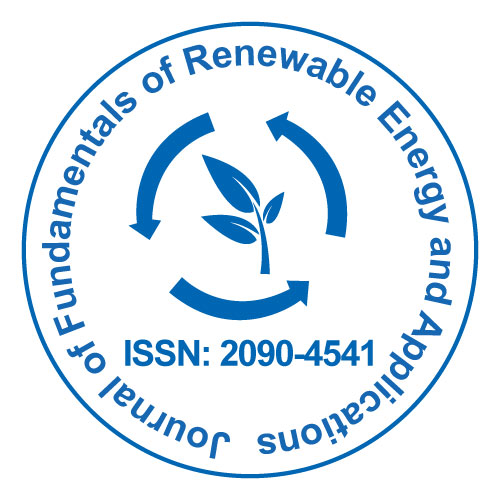
Journal of Fundamentals of Renewable Energy and Applications
Open Access
ISSN: 2090-4541

ISSN: 2090-4541
Markus Meindl
Friedrich Alexander University Erlangen-Nuremberg, Germany
Scientific Tracks Abstracts: J Fundam Renewable Energy Appl
The transition of air traffic in Europe from fossil fuels to sustainable air traffic presents airports with new challenges currently being addressed. The Innovation Airport Rotterdam The Hague (RHIA) is a regional airport and project partner of the Friedrich-Alexander University Erlangen-Nuremberg (FAU). This specific data gives a solid and valid basis, which made this study possible. RHIA wants to adapt its infrastructure to the change in aircraft types. To achieve this, RHIA plans to convert around 70% of its aircraft movements from 2030 and replace the remaining 30% with hydrogen-powered aircraft by 2050. Work has begun on the electrification of baggage, passenger and refuelling vehicles. The already existing charging infrastructure and the refuelling of aircraft at the airports of the future must be adapted and expanded to sustainable, electric air traffic. Accordingly, this study looks at the period from 2030 to 2050. Using physical simulations based on real-time data, initial estimates and classifications can be calculated for a regional airport's restructuring and energy requirements when operating with hybrid-electric aircraft. The hybrid-electric aircraft should have a range of about 1100 km, with a reserve range of about 340 km for a potential second climb phase, and be able to transport 50 passengers (PAX) [3, 4]. In this field, aircraft manufacturers such as Airbus plan to introduce hydrogen aircraft by 2035. Under the acronym ZEROe (short for Zero Emissions), Airbus plans three types of passenger aircraft that will run on liquid hydrogen fuel. For a long-term outlook in the various time horizons of different hybrid-electric aircraft configurations in operation, the infrastructure of the regional airport must be adapted accordingly. In 2030, the hybrid configuration is with a gas turbine and battery. From 2040 onwards, the energy supply for the aircraft should consist of fuel cells and batteries. Based on a flight plan of the RHIA regional airport, it will be determined which service levels are required and which options are available for future scenarios. The operation at the airport should meet the short ground times for regional aircraft and be analysed in a model. Suitable supply technologies for energy storage on the ground, grid connection and energy transmission to the aircraft were included in the analysis. In addition, the system's energy efficiency is to be improved with a battery model, and the concept of a large electrolyser is to be tested to gain information about hydrogen production on-site. Further investigations will be carried out on more detailed models of the PV park and the electrolyser. The study thus provides an overview of the energy demand of a regional airport, divided into individual time horizons.
Markus Meindl was born in Landshut, Germany, in 1993. He received the M.Sc. degree in electric engineering from the Friedrich- Alexander-Universität Erlangen-Nürnberg, Erlangen, Germany, in 2021, and is currently working on his PhD. degree in electrical engineering. Since 2022, he has been an PhD Student and Research Assistant with the Institute of Power Electronics on Friedrich-Alexander-Universität Erlangen-Nürnberg. His current research interests include sustainable hybrid-electric aircraft systems, power electronics for aircraft applications, improved utilization of electrical machines, on-ground energy supply systems for future airports, and transportation electrification in general.